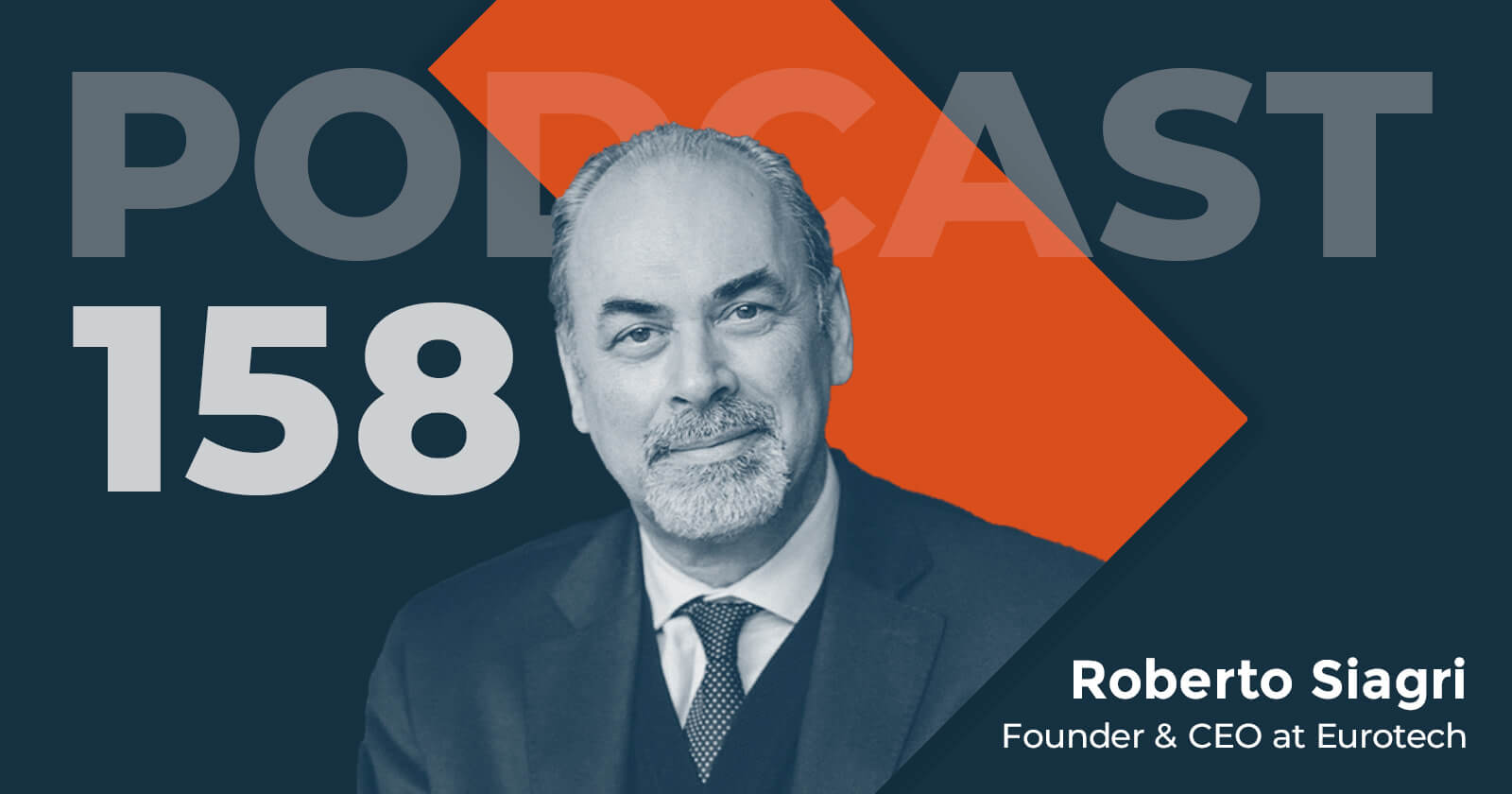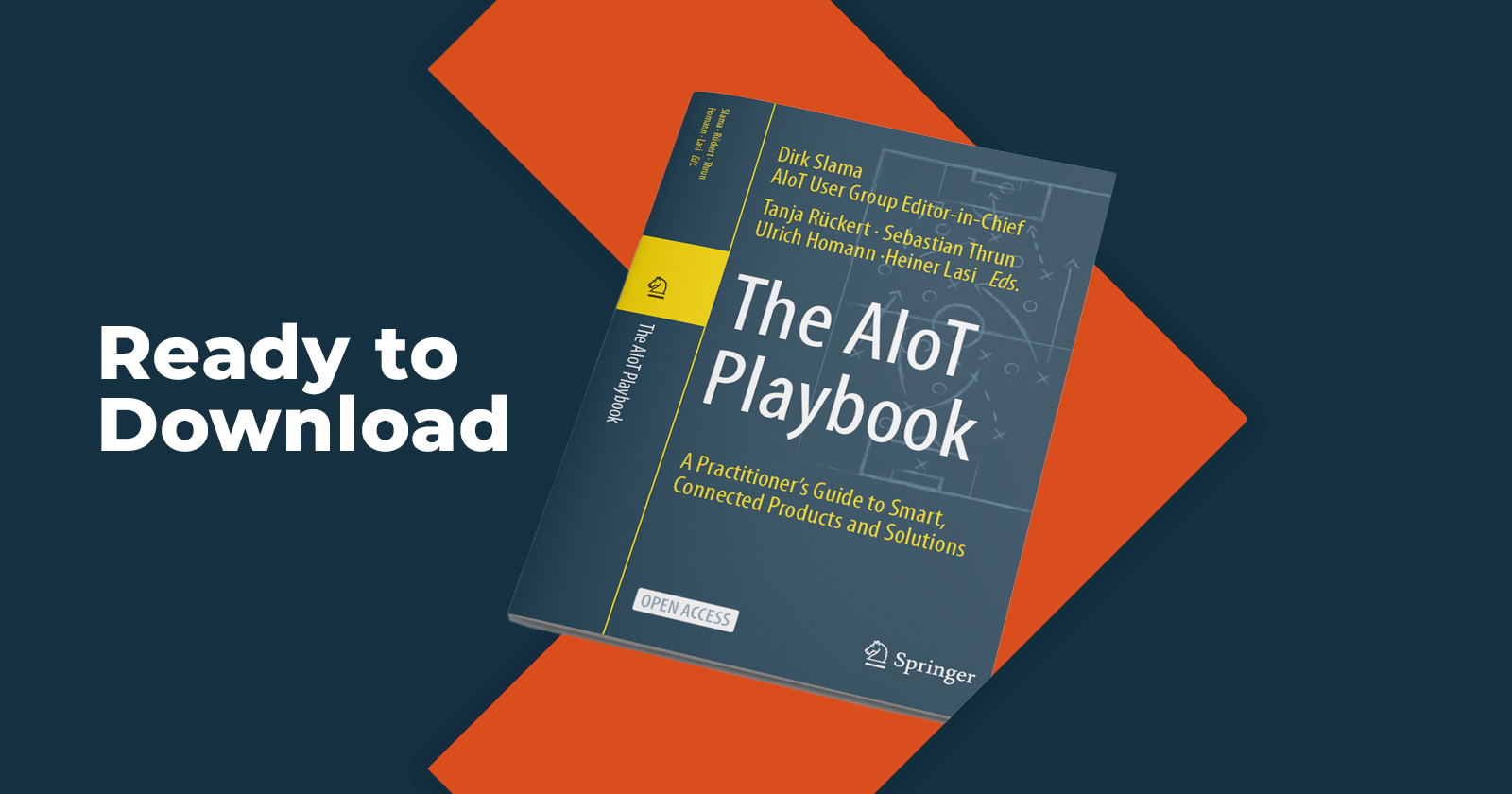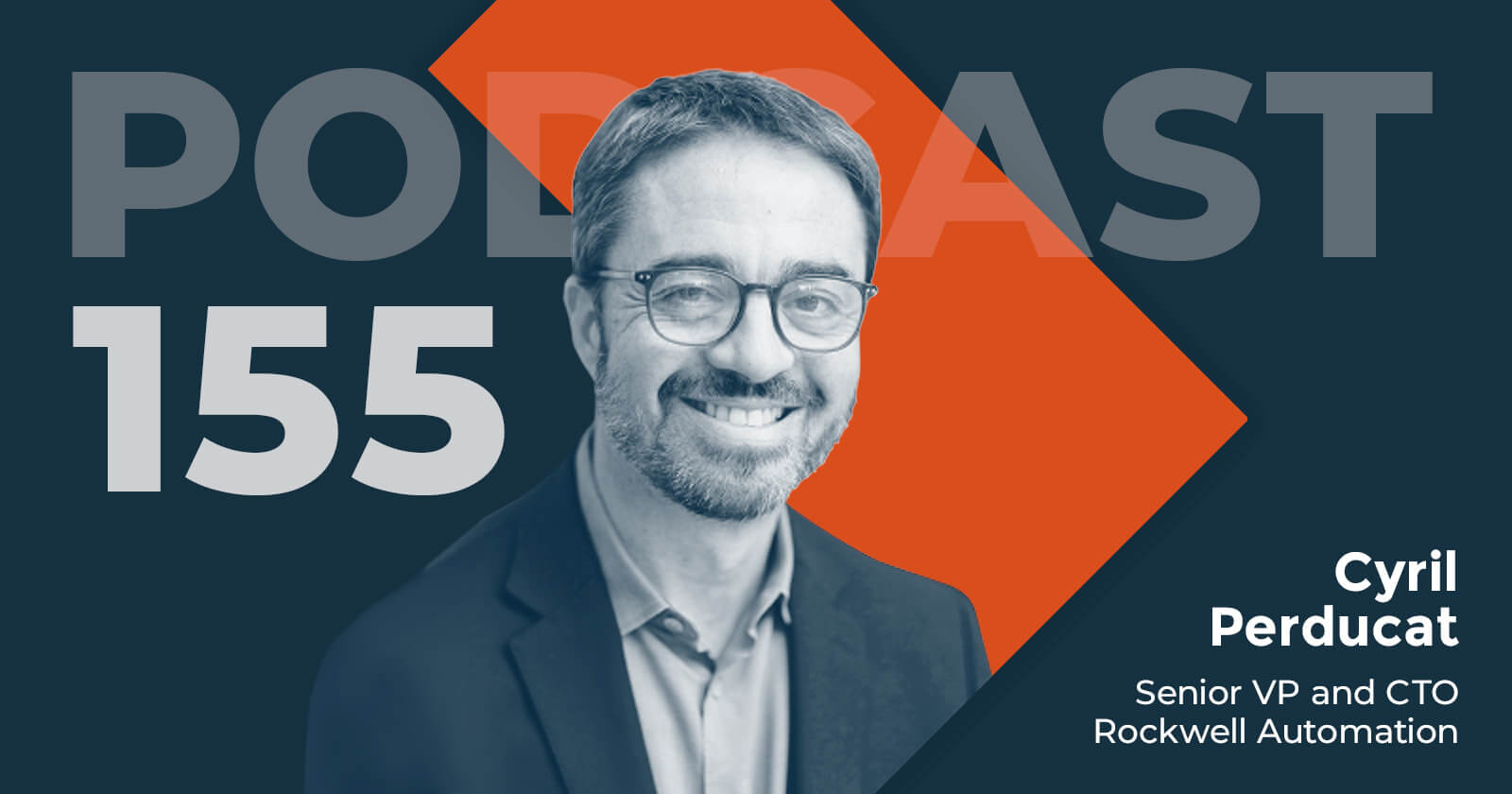This article features an interview with Dominique Guinard, Co-Founder and CTO of EVRYTHNG, a company founded with a vision of trillions of products in the world participating in the digital ecosystem with a digital identity on the web – known as the ‘web of things’. It details the challenges and opportunities for ascribing a digital identity to Consumer Packed Goods and explores the company's involvement in the Blockchain Integration Hub.
|

|
Dominique Guinard

Co-Founder and CTO
EVRYTHNG
|
Can you share a bit of your background at EVRYTHNG?
I have been in the IoT since I was in school at University in 2005 working on an RFID project with Sun Microsystems. I have a fascination for the things that are forgotten in the IoT. Like why shouldn’t a can of soda be in the IoT? IoT actually was developed at the Auto-ID Labs by Kevin Ashton and others on the idea of providing digital identities to FMCG products with RFID. I then worked with different tagging, trigger and sensing technologies, worked for SAP in the IoT research task force for 4 years. I learned a lot, but realized that many things felt bloated and heavy. I was fascinated with the idea of making things into first-class citizens of the web. In 2007 we got some pushback from the research community that thought everyday things would never connect to the Web, but we moved forward nevertheless and it was the genesis of the Web of Things. I worked on if for my Ph.D. at ETH Zurich and at the MIT Auto-ID Labs.
EVRYTHNG is called this like this because we want to connect everything. Not necessarily only smart home and smart cities – things like CPG (Consumer Packaged Goods) and Apparel. We don't manufacture tags but rather provide a platform for managing connected products, regardless of the tagging technology they use.
What are challenges for CPG objects and apparel in IoT?
One big challenge is mass scale serialization. For a can of soda to exist in the digital world you need a tag and an identity. I had the chance to work with GS1 which manages the well-known EAN and UPC barcodes. These codes are now becoming increasingly more serialized which enables a lot more applications but there are still a number of challenges to print serialized identities at mass scale. In the apparel market full serialization is now possible with label makers like Avery Dennison, so that brands can create unique identities for each single item they manufacture, allowing great applications in the areas of customer loyalty and product authenticity.
At EVRYTHNG we’ve created partnerships with packaging manufacturers. We have a partnership with Crown, for instance, to create new identities when an aluminium can is sent to a bottler or brand. In this way products are born digital, born with a digital identity.
Another challenge is to turn these identities into Web identities. We had the chance to co-chair a new standard at GS1 called the GS1 Digital Link which allows GS1 identities to be turned into unique URLs for things, fully compatible with the Web.
The mass of data is another challenge. As a company we want to connect one trillion objects, so we spend a lot of time on scaling our services and sometimes have to manage spikes of up to 1.5 million transactions per minute.
What’s the background on your new Blockchain Integration Hub?
We started working on it about a year and a half ago doing prototyping, then we joined the Blockchain Research Institute. Within the institute we explored Blockchain and IoT and didn’t feel it was ready yet for mass deployment, however there was an explosion of of interest. This is how we came up with the idea of the blockchain Hub: creating a bridge to existing blockchains to allow our customers experimenting with them. We started with three partners: OriginTrail is a supply chain company. Within the blockchain hub, you can decide whether a transaction on the EVRYTHNG platform should be written to the blockchain. You can then use OriginTrail for specific uses such as product provenance or data sharing. Another partner, Tierion allows you to create an immutable record of a transaction. BlockV allows you to create a virtual environment, think a PokemonGo for any environment – this allows gamification around the product, such as reward programs.
Almond is a brand that does sustainable drinks; they are our first customer to use the blockchain at scale in the real world. Every can of drink tells the product’s unique story – where, when and how it was farmed, where and when it was packaged, and its journey to store. It even shares its carbon footprint, based upon the journey the ingredients and ultimately, the finished product and what it took to reach consumers’ hands. They use our platform for tracking the production of the drinks, loyalty programs and other functions. They wanted to integrate with a blockchain to provide crypto tokens for loyalty and traceability apps.
How do you think about Blockchain?
Blockchain is one of the most striking examples of a research project that went live in the real world in an extremely accelerated manner. We must not forget that blockchain is still as the research stage. It will take years for this technology to mature. When I hear projections like the entire supply chain will be powered by the blockchain in a few years, the reality is that the transaction throughput is far below what we really need and the costs are far higher. We envision the hub as a way to leverage some of the benefits of the blockchain for the near term without needing to depend on blockchain technology being ready right away.
I find this technology extremely exciting, but I want to be realistic about it. It’s a great field that’s one of the fastest evolving technologies and research projects I’ve ever seen. It’s important for brands and corporations to look at it now. Blockchain has some interesting potential for the IoT but especially in CPG and Apparel and more generally supply chains. In particular, there are big trust problems this domain. There is a lack of trust between chains partners and blockchain can help solving these trust issue by creating an open and common ledger. I am also excited about marketplaces, where there are real opportunities for things to manage their own transactions and companies to exchange data automatically with backed in incentives. We are really at the early stages of this market but it will surely impact today's businesses.

Momenta Partners encompasses leading Strategic Advisory, Executive Search, and Investment practices. We’re the guiding hand behind leading industrials’ IoT strategies, over 100 IoT leadership placements, and 17+ young IoT disruptors. Schedule a free consultation to learn more about our Connected Industry practice.







